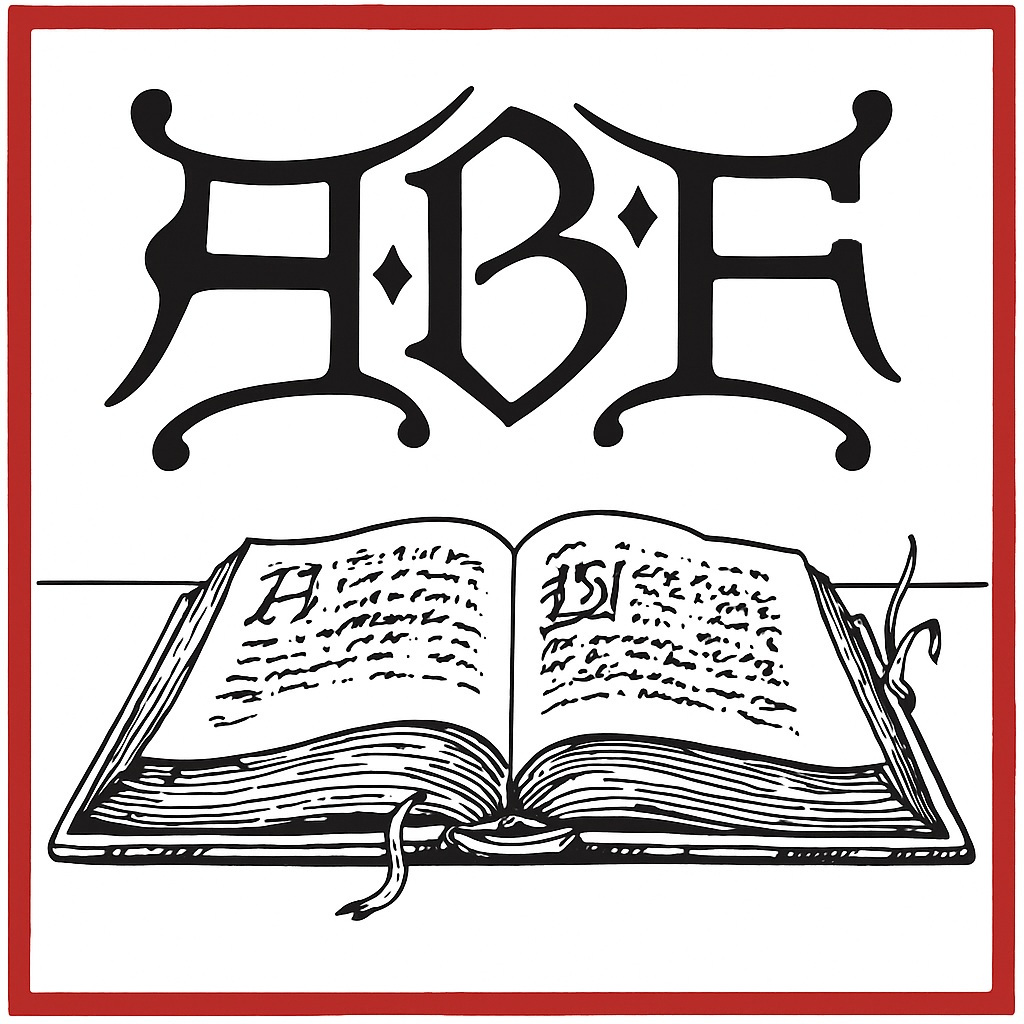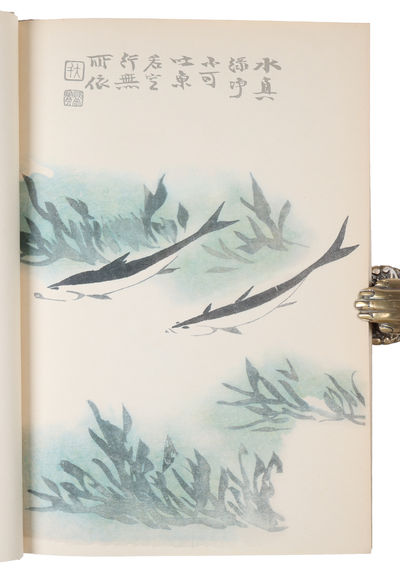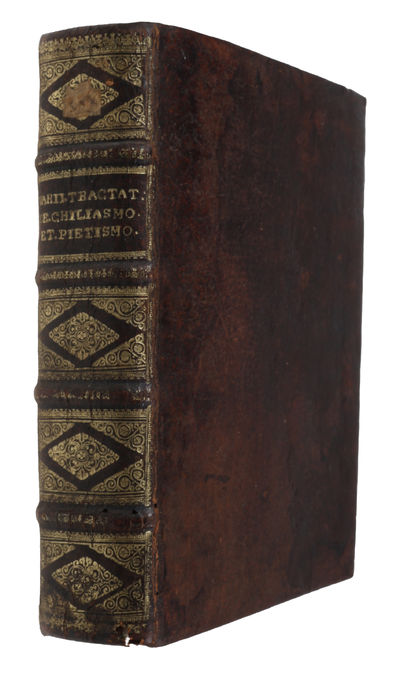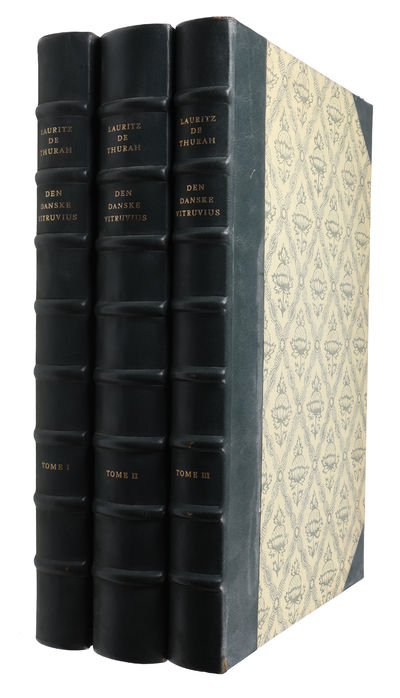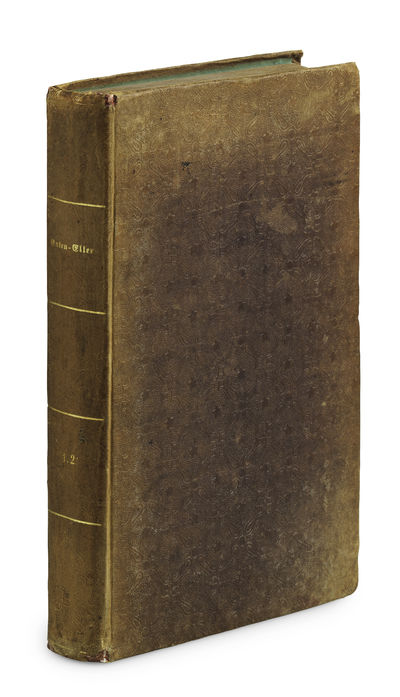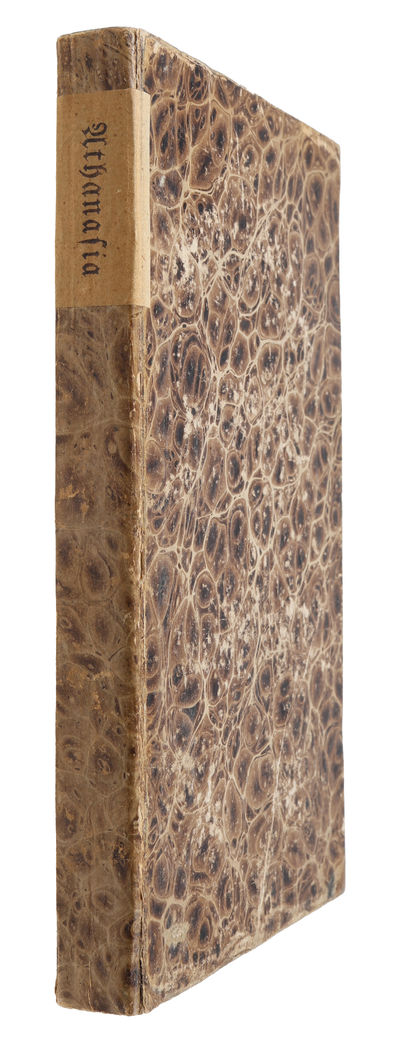Antikvariat.net og tilknyttede butikker.
Betalingsbetingelser:
Denne siden aksepterer nettbaserte betalinger fra alle store kredittkortleverandører. For enkelte transaksjoner kan enten lommebokløsninger (Google- eller Apple-lommebøker) eller mobile betalingsløsninger brukes. Dette vil vises i kassen, der siden bestemmer hvilke betalingsalternativer som kan brukes.
Når du bestiller på siden og betaler elektronisk, vil beløpet du kjøper bli trukket fra kortet ditt først når varen sendes fra butikken(e) du kjøpte fra. Kjøper du bøker fra mer enn én butikk, vil hver butikk kun trekke fra beløpet du har kjøpt hos dem, slik at det totale kjøpsbeløpet først blir trukket når alle butikker har sendt varene til deg. Skulle en bok bli utsolgt, eller det er andre grunner til at deler av bestillingen ikke kan oppfylles, vil kjøpesummen for butikken(e) som ikke kan levere reduseres tilsvarende, slik at du kun betaler for varene som sendes til deg. Det resterende beløpet vil automatisk bli returnert til kortet ditt.
Du kan også bestille via fakturaordre, men dette er primært forbeholdt institusjonelle eller profesjonelle næringsdrivende. Til slutt kan du legge inn en bestilling for personlig henting. Du bør imidlertid være veldig oppmerksom på at bruktbokhandlerne på denne siden er spredt over hele Skandinavia, så sjekk om det faktisk vil være mulig for deg å hente bestillingene dine fysisk.
Alle bestillinger aksepteres med forbehold om feil i beskrivelsen, og at boken allerede kan være solgt.
Alle brukte bøker selges etter særreglene for merverdiavgift for brukte varer. Ved inngåelse av en kjøpsavtale mellom deg og de tilknyttede butikkene bør du være klar over at nesten alle varer som selges via antikvariat.net er brukte bøker, kort eller trykk, og du som kunde kan derfor ikke forvente at varene du kjøper er som nye, derimot: når et antikvariat skriver 'nesten som ny', er det nærme.
Noen bruktbokhandlere selger et begrenset antall helt nye bøker, som vil bli merket som «ikke -brukt» eller lignende. Tilstanden vil bli beskrevet for hver enkelt vare, derfor forutsettes det at du som kunde har informert deg om dette ved kjøp.
Når du bestiller varer gjennom antikvariat.net er det alltid de enkelte antikvariatene som er knyttet til siden du handler med, ikke antikvariat.net. Også når det gjelder betaling skjer betaling direkte mellom deg og butikkene du velger å kjøpe bøker fra, gjennom denne siden.
antikvariat.net formidler utelukkende kontakt mellom deg som kunde og medlemmene av de antikvariske bokhandlerforeningene i Danmark, Norge og Sverige som er registrert i denne nettbutikken. På antikvariat.net kan du se en komplett betalingsoversikt, også ved kjøp fra flere tilknyttede butikker. Beløpet som skal betales går til hver antikvariat, og skjer direkte mellom deg og butikkene du handler hos, ikke gjennom denne siden. Alle priser vises i den valutaen du har valgt og er inklusiv. merverdiavgift. Alle priser konverteres daglig basert på kursene til Den europeiske sentralbanken.
Leveringsbetingelser:
De deltagende butikkene bruker ulike leverandører for frakt, som du kan se når du i bestillingen din i handlekurven før du går videre til betaling. Bestillinger som skal sendes med post vil bli belastet med gjeldende portotakst.
Vi har i utgangspunktet beregnet fraktprisen ut fra dette kriteriet: En 2 kilos forsendelse som vanlig brev, levert i postkasse, uten forsikring. Ønsker du å sikre forsendelsen din og få ‘spor pakke’, må du informere antikvitetshandleren om dette etter kjøpet.
Siden vi ikke kan gi en eksakt pris for en gitt levering på forhånd, på grunn av store forskjeller i vekten på bøkene, kan portoen bli justert ved det endelige oppgjøret av din bestilling.
Du vil bli informert om dette ved en egen melding som fastsetter endelig kjøpesum inkl. alle utgifter. For bestillinger hentet i butikk er det ingen tilleggsavgift utover bokens pris. Ønskes annen forsendelsesmåte enn butikkene velger, er det for kundens egen regning, for den delen som overstiger ordinære portotakster. Du vil motta en betalingsforespørsel for ekstra fraktkostnader, og først når dette er akseptert av deg vil bestillingen bli sendt. Hvis du nekter å betale ekstra, vil hele bestillingen bli kansellert.
Dersom kunden oppgir feil adresse ved bestillingen, må kunden alene bære merkostnadene med eventuell ny forsendelse av den bestilte varen, og det er kundens eget ansvar dersom den bestilte bestillingen går tapt som følge av feil adresse oppgitt av kunden. Leveringstiden er normalt 1-5 virkedager, men leveringstiden kan være lengre dersom en bestilt vare befinner seg på et eksternt lager.
Angrerett:
Angrefristen er 10 dager pluss evt. søn- og helligdager. Fristen regnes fra den dagen du mottok varene. I henhold til den norske angrefristloven har du rett til en rekke opplysninger, inkludert: om angreretten og om den bestilte tjenesten. Angrefristen starter ikke før du har mottatt denne informasjonen skriftlig (f.eks. i en papirbestillingsbekreftelse eller e-post).
Hvis du for eksempel legger inn bestillingen mandag 1. og i tillegg har mottatt nevnte informasjon, har du frist til mandag 15. Dersom du først har fått informasjonen senere, f.eks. Onsdag 3. har du frist til onsdag 17. Dersom fristen går ut på en helligdag, lørdag, grunnlovsdag, julaften eller nyttårsaften, kan du vente til neste ukedag.
Hvis du hever kjøpet innen den lovbestemte fristen på 10 virkedager, har du da ytterligere 14 dager på deg før varen må returneres til butikken du kjøpte den fra. Ved en eventuell avbestilling må varen være i vesentlig samme stand som da den ble sendt til deg for at du skal få full refusjon av kjøpesummen. Med i vesentlige samme stand menes den stand som produktet ville vært i dersom du skulle se det i en fysisk butikk, etter at du fysisk hadde kontrollert produktet. Det er lov å se bildet på et TV-apparat, høre lyden på en radiomottaker, prøve kjole osv. og fortsatt kunne returnere varen uten trekk i kjøpesummen.
Det er imidlertid ikke tillatt å bruke et TV-apparat over lengre tid, gå på fest med kjolen, eller bruke det i noen annen lengre tidsperiode uten å pådra seg ansvar for eventuell forringelse av produktet. Det samme gjelder bøker, bilder og kart, og det vil være opp til de involverte butikkenes skjønn om en vare har mistet så mye av salgsverdien at det må trekkes fra beløpet som refunderes til kunden.
Ved retur på grunn av heving av kjøpet, bærer kunden alltid hele kostnaden for kostnadene som følger av returen, uten unntak.
Når en vare bestilles på nett for henting i butikk, og betaling først skjer når varen er hentet i fysisk butikk, faller 14 dagers returrett bort, da transaksjonen anses som en fysisk transaksjon som ikke er omfattet av angrefristlovens bestemmelser om netthandel.
Hvordan angrer du?
Før angrefristens utløp må du gi beskjed til butikken om at du har trukket deg fra avtalen. Hvis du ønsker å gi dette varselet skriftlig, – f.eks. per brev eller e-post, trenger du bare å sende varselet innen fristen. Hvis du vil sikre deg bevis på at du har angret i tide, kan du for eksempel sende brevet rekommandert og ta vare på postkvitteringen. Du kan bruke denne lenken for mer informasjon: Skjema
Reklamasjonsrett:
Ifølge forbrukerkjøpsloven har du alltid to års reklamasjonsrett på et produkt, selv om det er brukt. Dette betyr at du senest to år etter at varen ble levert, kan klage på feil eller mangler ved varen, forutsatt at disse feilene og manglene ikke skyldes forbrukeren eller forhold på forbrukerens side. Dersom du ønsker å påberope deg reklamasjonsretten, må dette gjøres innen rimelig tid etter at feilen eller mangelen er oppdaget.
Reklamasjon fremsatt innen 2 måneder etter at du oppdager feil eller mangler anses alltid for å være fremsatt til rett tid. Dersom du i forbindelse med kjøpet blir gjort oppmerksom på feil og mangler ved varen du ønsker å kjøpe, kan du ikke senere påberope deg disse feilene som saklig grunn for enten å heve kjøpet eller kreve reparasjon av varen. Hvis varen ikke tilsvarer beskrivelsen som selgeren har gjort tilgjengelig for forbrukeren før inngåelsen av avtalen, kan det være en gyldig grunn for enten bytte, reparasjon eller kansellering av avtalen. Etter at klagen er sendt inn og det er oppnådd enighet om at klagen er berettiget, vil den involverte butikken betale for rimelige fraktkostnader du pådrar deg for å returnere varen til dem.
Butikkene forbeholder seg retten til å vurdere feilen eller mangelen som har oppstått og tilby enten refusjon, prisavslag eller bytte. Dersom det klages innen to år og samme feil oppstår igjen, har du som kunde ytterligere to års reklamasjonsrett fra reklamasjonstidspunktet, forutsatt at det er samme feil. Dersom det oppstår en annen feil enn den du allerede har klaget på, og det har gått mer enn 24 måneder fra kjøpstidspunktet, bortfaller retten til å klage.
Informasjon om klagealternativer:
En klage på et produkt eller en tjeneste kjøpt fra et av våre medlemmer må først sendes til butikken(e) som varen(e) ble bestilt fra. Ta derfor først kontakt med den eller de aktuelle bokhandlerne og presenter klagen din for dem. Dersom det ikke kan oppnås enighet om klagen, og du mener at du ikke har fått riktig behandling, må du klage til sideadministrator for antikvariat.neten (skriv til: admin@antikvariat.net), som videresender klagen til foreningen som medlemmet du ønsker å klage på tilhører. Hvis det fortsatt er en uenighet, kan du ta kontakt med Forbrukertilsynet (https://www.forbrukertilsynet.no) for å få hjelp til å løse saken.
Mer om megling mellom forbrukere og næringsdrivende finner du på: https://www.forbrukertilsynet.no/send-sak-til-mekling.

